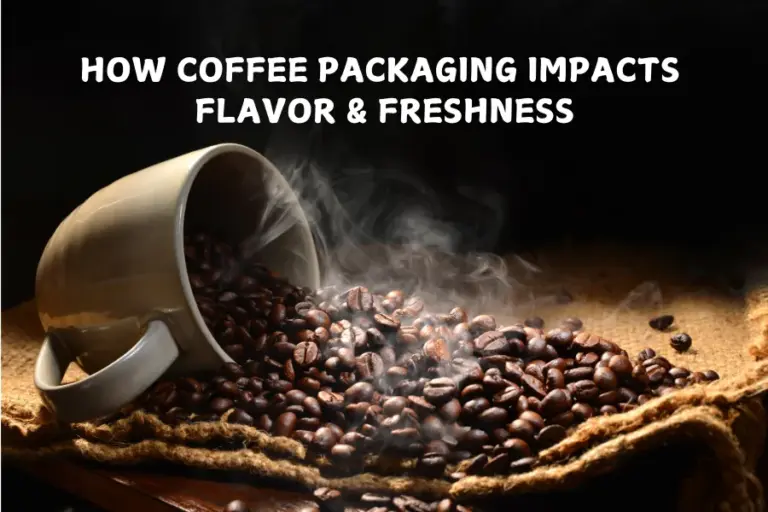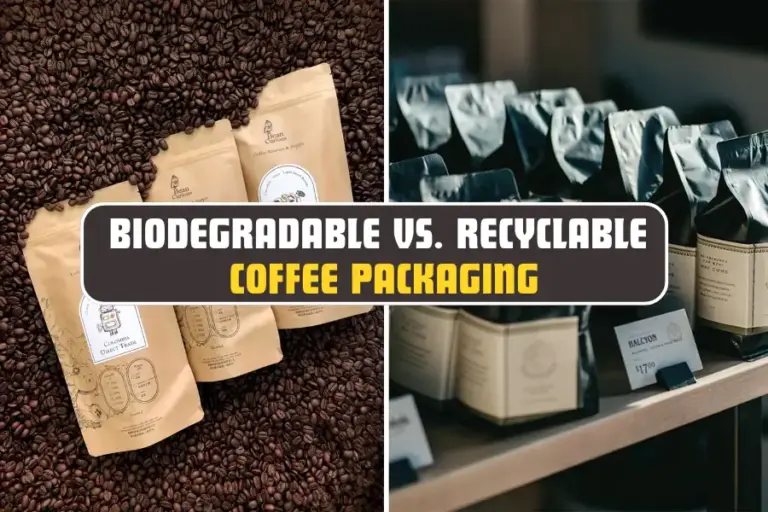How To Balance Cost And Sustainability In Coffee Packaging
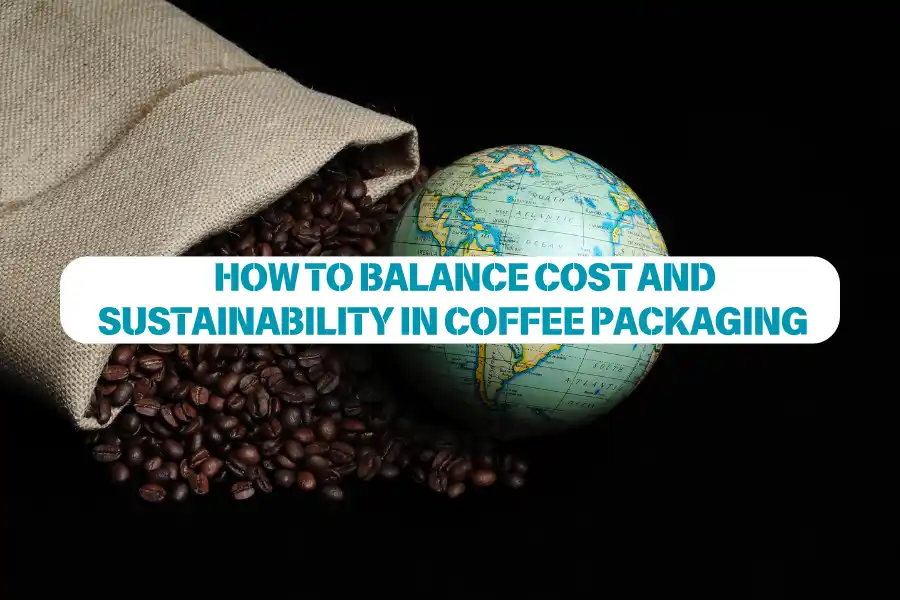
Coffee is one of the most popular beverages around the world. And the amount of its packaging released into the environment is also very large. Traditional coffee bags have low costs while maintaining the quality of coffee well. But they are single-use and not eco-friendly. And a question raised is how to balance cost and sustainability in choosing coffee bags.
More and more customers prefer products that align with their values. So, the challenge is how to innovate within budget without compromising coffee’s quality. In this article, we’ll learn about how to balance cost and sustainability in coffee packaging. You will know what to do to protect the planet while not sacrificing the freshness of your coffee.
Why Do We Need To Care About Coffee Packaging?
Coffee is an essential part of the daily routine of millions of people across the world. According to the International Coffee Organization, we take over 1.4 billion cups of coffee each day. Then, the quantity of packages for the coffee is immense either. Billions of coffee bags and cups enter the waste stream each year. And many of them are non-recyclable and non-biodegradable.
This is a major environmental problem that increasing landfills and pollution. Best coffee packaging also plays an important role in preserving the quality. Poor packaging exposes coffee to oxygen, light, and moisture. This may make the coffee stale and flavorless.
How to Balance Cost and Sustainability in Coffee Packaging For A Greener Future
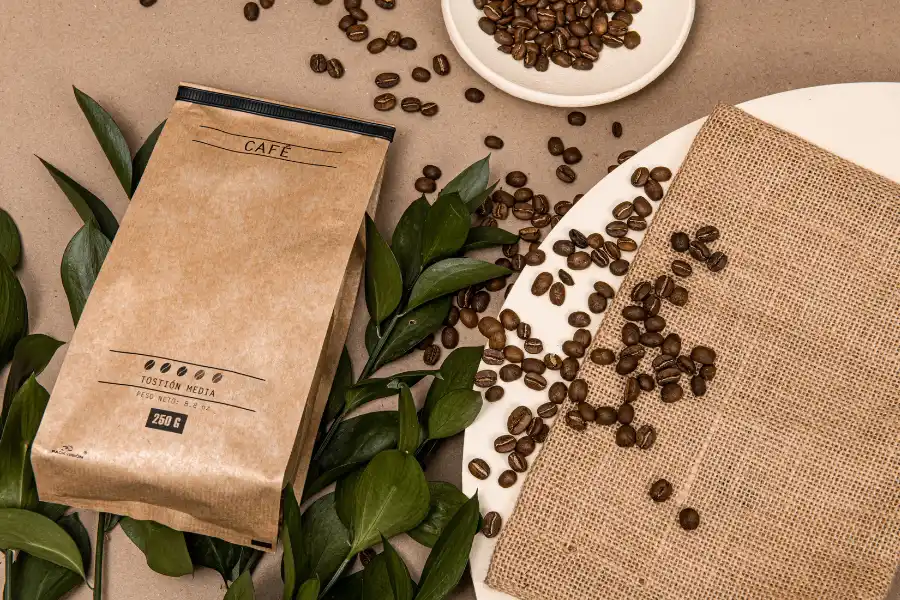
Traditional coffee packaging protects coffee freshness very well at a low cost. Foil-lined bags, plastic laminates, and multi-layered composites are in wide use. They can help to extend the shelf life of coffee as well as protect it against moisture, oxygen, and light.
But, these materials are non-recyclable and often end up in landfills. They contribute much to the emission of greenhouse gases and leave a high carbon footprint. To solve this problem, coffee brands and consumers turn to sustainable packaging. They are much more sustainable without losing their function. To learn how to balance cost and sustainability in coffee packaging, consider some of the green options listed below:
Recyclable Coffee Packaging
We can reuse recyclable coffee packaging to create new items. This helps to limit the amount of garbage going to landfills and promotes a circular economy. Single-material bags made from polyethylene (PE) or polypropylene (PP) are an excellent example. The recycling process for recyclable bags is easier. Plus their operation costs are also lower than traditional packaging.
Compostable & Biodegradable Coffee Packaging
Compostable and biodegradable coffee packaging breaks down naturally into organic matter. It can take a few weeks to months for the decomposition. This leaves no harmful residues behind and doesn’t contribute to the landfills. Wheat straw plastic, kraft paper, or corn starch plastics are some common plant-based materials. The cost of compostable packaging is higher. Yet, it is a good investment in ecosystem sustainability and brand values. PLA – Polylactic Acid – are great plant-based material that many brands use today. This material can maintain the coffee’s quality while being safer for the ecosystem.
Bioplastics Packaging
Bioplastics packaging is derived from renewable resources like sugarcane, corn, or algae. It offers a sustainable alternative that you can opt for. Bioplastics are recyclable, compostable, or biodegradable, depending on their composition. They have similar features to traditional plastics but with a lower carbon footprint. Bioplastics are more expensive than fossil-fuel ones. Yet, they allow brands to attract more consumers who care about environmental protection.
Paper-Based Packaging
Paper-based coffee packaging is another eco-conscious choice of many brands. They are lightweight, recyclable, cost-effective than other kinds of material. All these make paper packing one of the most sustainable materials nowadays. For example, kraft paper with PLA lining protects coffee better while being eco-friendly.
How To Balance Cost and Sustainability in Coffee Packaging Through Printing
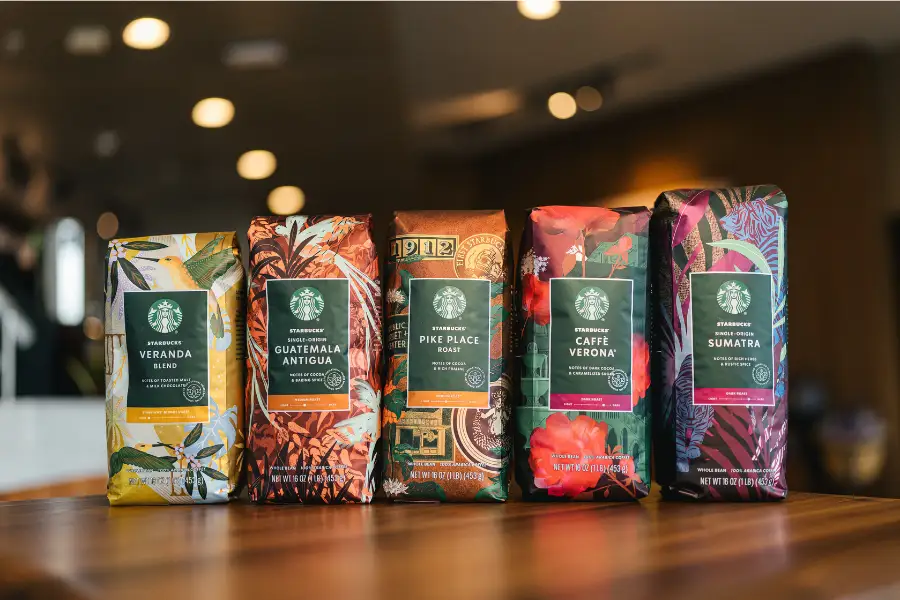
An important part of packaging is printing. It contributes to the entire cost and adds visual appeal to attract buyers. Aside from typical printing methods, you can opt for more green solutions. Here are some printing methods that balance affordability and sustainability:
Digital Printing
Digital printing in coffee packaging is efficient and eco-friendly. Unlike traditional technologies, it consumes fewer resources and does not need printing plates. Thus, we can reduce waste, costs, and energy consumption by using digital printing. This is especially effective for medium and small runs. Moreover, the digital method allows printing on demand, which can prevent overproduction. This facilitates special designs for seasonal or limited-edition products.
Water-Based Ink Printing
Water-based inks are a very good alternative to solvent-based inks. They are much safer for the environment since they contain fewer toxic chemicals. Water-based inks work well on various surfaces, like paper and biodegradable films. That’s why they are versatile choices for sustainable coffee packaging.
Soy-Based Ink Printing
Soybean oil is the main material to make soy-based inks. They generate vibrant hues and are both biodegradable and renewable. For coffee packaging that needs intricate or vibrant artwork, soy-based inks work well. They are simpler to recycle and have less negative influence on the environment. As a result, they are more cost-effective and beneficial for the environment. Soy-based ink printing is non-toxic and VOC-free is its greatest advantage. The cost of trash management will be lower even though the initial expense may be higher.
Make Use of Minimalist Design
We use less ink for minimalist packaging designs. This will help to lower printing expenses and have a positive environmental impact. Instead of using complex visuals, you might use basic logos or monochromatic prints. Moreover, the minimal design also looks eye-catching and classy on kraft paper. This enhances the sustainability commitment of the coffee brands even more.
How To Balance Cost and Sustainability in Coffee Packaging Through Labels
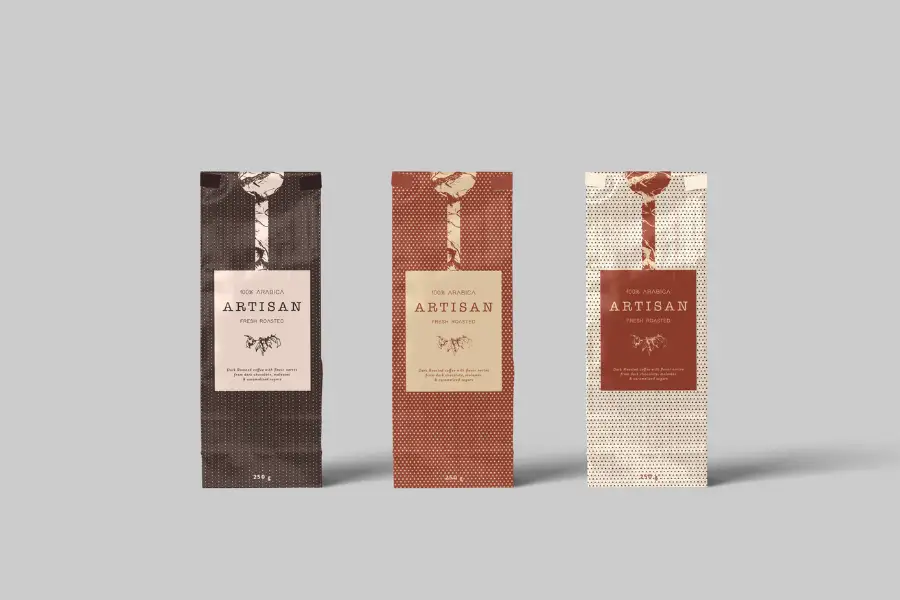
Labels provide product details and branding and also influence the cost and environment. You can switch to using one of the suggested labels below instead of the traditional ones:
Sustainable Label Materials
Recycled paper, biodegradable labels, or compostable films are some popular green options. When paired with compostable bags, you can ensure the entire eco-friendly coffee packaging.
Water-Based or Soy-Based Adhesives
Most of the traditional adhesives include harmful chemicals for the environment and employees. Water-based or soy-based adhesives also perform well but are less hazardous.
Reduce Label Size & Printing
Labels that are smaller in size use less paper and ink, which lowers expenses. Monochromatic designs or one-side printing can save money and save the environment. Plus, you don’t have to sacrifice the neat and polished appearance of the coffee bags in this way.
Strategies To Balance Cost and Sustainability in Coffee Packaging
Coffee companies need to have more creative packaging strategies. They can help to strike a perfect balance between price and sustainability. Examine the following tactics to determine which one works best for you:
Refillable & Subscription Coffee Packaging
This strategy has been a growing interest for both consumers and brands. Customers buy coffee in durable and reusable containers. Then, they can fill them again in-store or through mail-in programs. This approach eliminates single-use packaging while creating brand loyalty.
Procurement for Sustainable Coffee Packaging In Bulk
Buying in bulk is quite a practical way of reducing the cost of packaging material. Brands can negotiate lower prices for large quantities of sustainable coffee packages. Bulk purchasing also reduces the frequency of shipments. Thus, it can decrease the carbon footprint caused by transportation.
Find Local Suppliers
Sourcing local packaging materials is a great idea to decrease transportation costs. Local suppliers may also offer more flexibility in meeting specific sustainability criteria.
Offer Incentives for Eco-Conscious Consumers
Encouraging customers to take part in sustainable practices can also offset packaging costs. Brands can provide discounts for customers who bring their own containers or join in recycling. This approach reduces single-use packaging and builds a loyal, eco-minded customer base.
Bottom Line
How to balance the cost of sustainability in coffee packaging? There are many methods you can try without breaking the bank. That is the combination of sustainable packaging, eco-friendly printings, labels, and smart strategies. Brands can meet the demands of conscious consumers while not affecting so much the cost.



